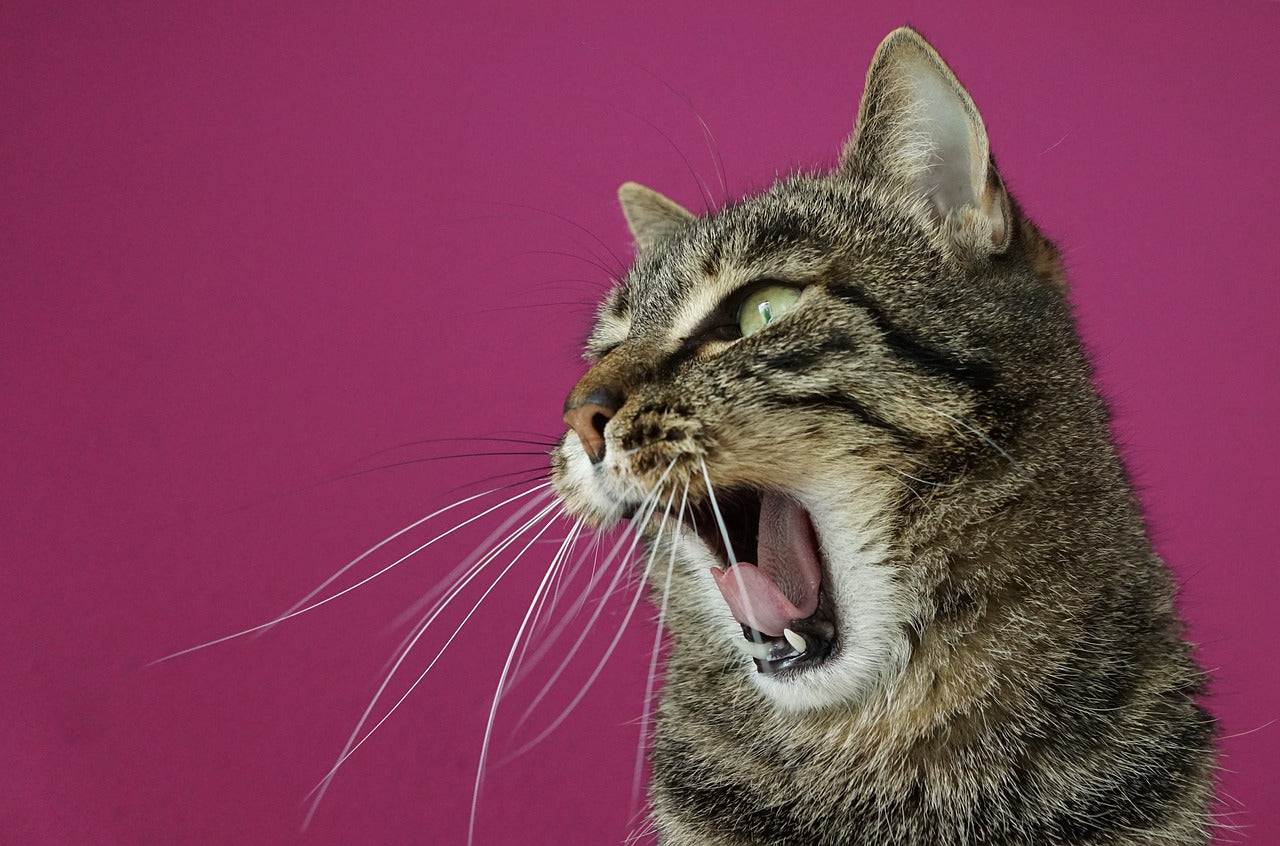How to Tell if Your Cat is in Pain (Subtle Signs Owners Miss)

Cats are masters at hiding discomfort - an evolutionary trait that served them well in the wild but makes it challenging for pet owners to recognize pain. Unlike dogs who may whimper or limp obviously, cats show pain through subtle behavioral changes. Here are the often-missed signs that your feline friend might be hurting.
1. Changes in Grooming Habits
Cats in pain often alter their meticulous grooming routines in ways owners might overlook:
- Excessive licking one area
- Bald patches developing
- Raw, red skin
- Matted or greasy fur
- Dandruff appearing
- Food stuck in facial fur
2. Shifts in Sleeping Patterns
Pain changes how and where your cat sleeps:
- Sleeping more than usual (or less if discomfort prevents rest)
- New sleeping positions (curled tightly vs. normal sprawl)
- Choosing unusual locations (hard floors instead of soft beds)
- Difficulty settling (frequent position changes)
3. Altered Facial Expressions
Cats have subtle "pain faces" that veterinarians recognize but owners often miss:
- Half-closed eyes when awake (not content squinting)
- Flattened ears held slightly back
- Whiskers stiff and straight out
- Cheek tension making face appear narrower
4. Changes in Social Behavior
Pain affects how cats interact with their human family:
- Hiding more than usual
- Avoiding petting
- Staying out of reach
- Unusual demanding behavior
- Following but not wanting touch
- Staying close but acting tense
5. Litter Box Red Flags
Bathroom habits reveal hidden discomfort:
- Straining to urinate/defecate (emergency if blocked)
- Accidents outside box when previously reliable
- Unusual posture in box (hovering instead of squatting)
- Excessive time spent in litter box
6. Activity Level Changes
Subtle movement differences indicate pain:
- Reluctance to jump (or new cautious landings)
- Stiffness when rising after rest
- Less play or shorter play sessions
- Changed gait (shorter strides, head bobbing)
7. Appetite and Drinking Changes
Oral pain or general discomfort affects eating:
- Chewing on one side of mouth
- Dropping food while eating
- Preferring soft food over kibble
- Excessive drooling or pawing at mouth
When to Seek Veterinary Care
Cats rarely show obvious pain signals until conditions are severe. If you notice even 2-3 of these subtle signs persisting beyond 24-48 hours, schedule a veterinary examination. Early intervention prevents suffering and often leads to better outcomes.
Remember: You know your cat's normal behavior better than anyone. Trust your instincts if something seems "off" even if you can't pinpoint why.
Share this guide with other cat owners to help more felines get the care they need when they're hurting in silence.

